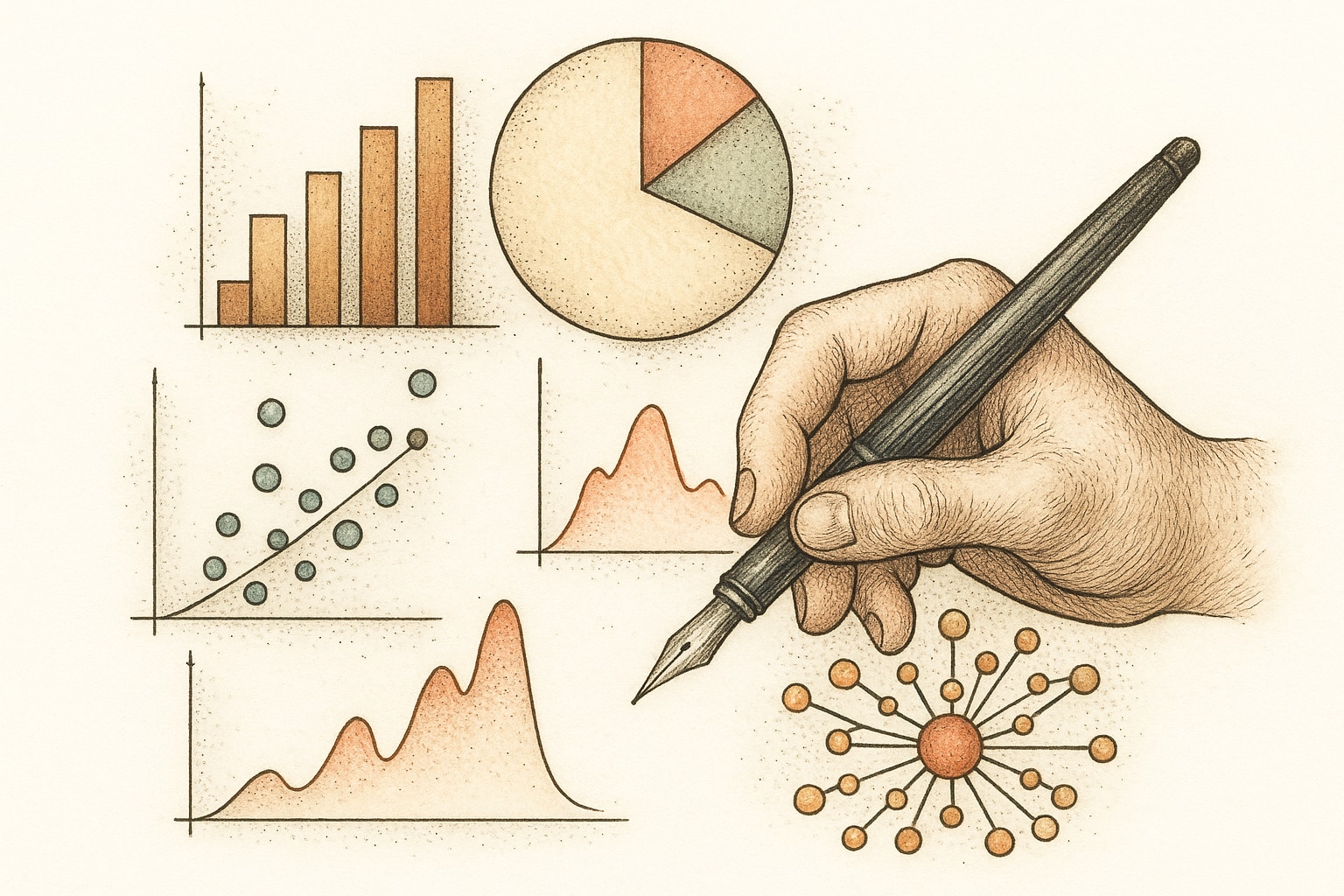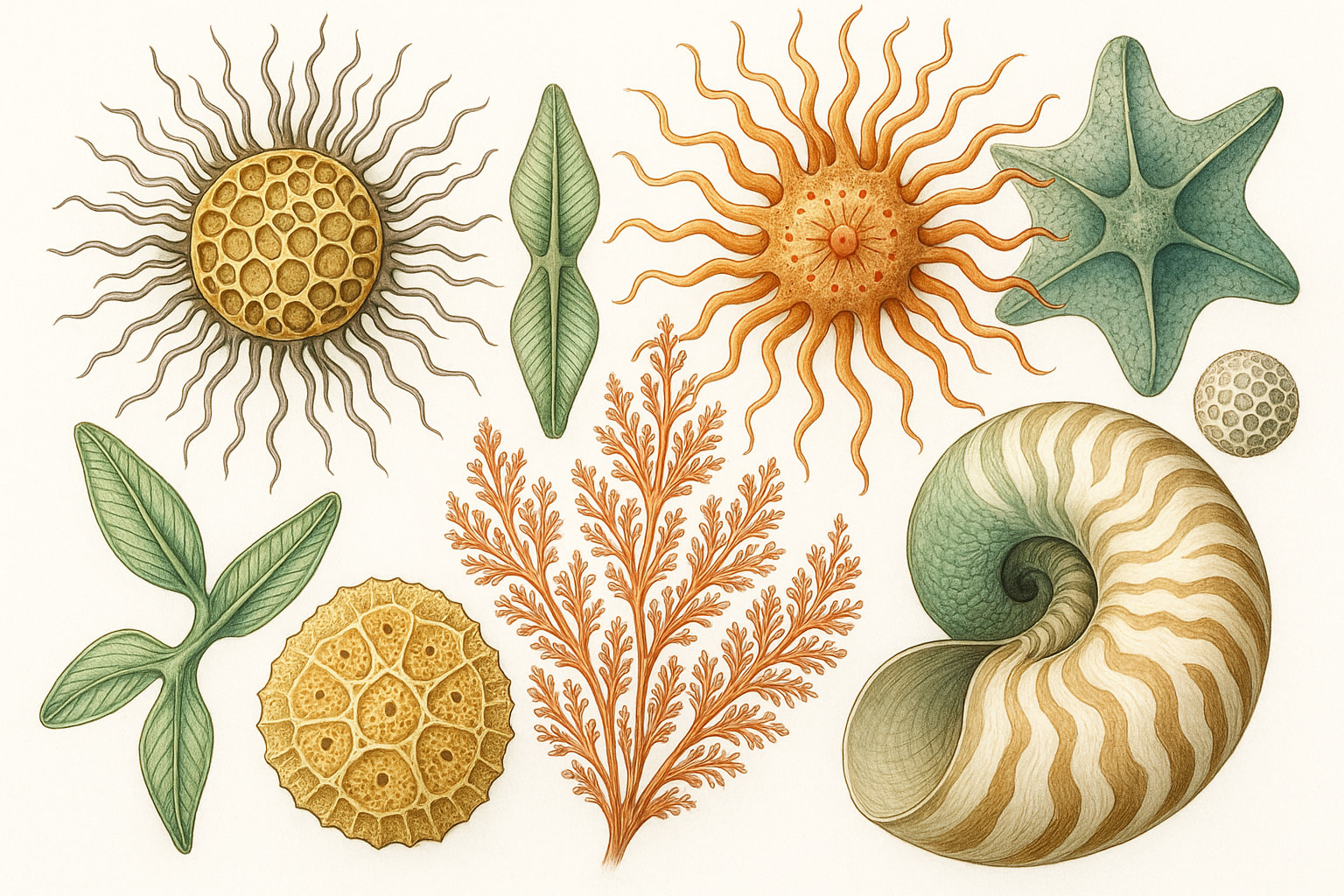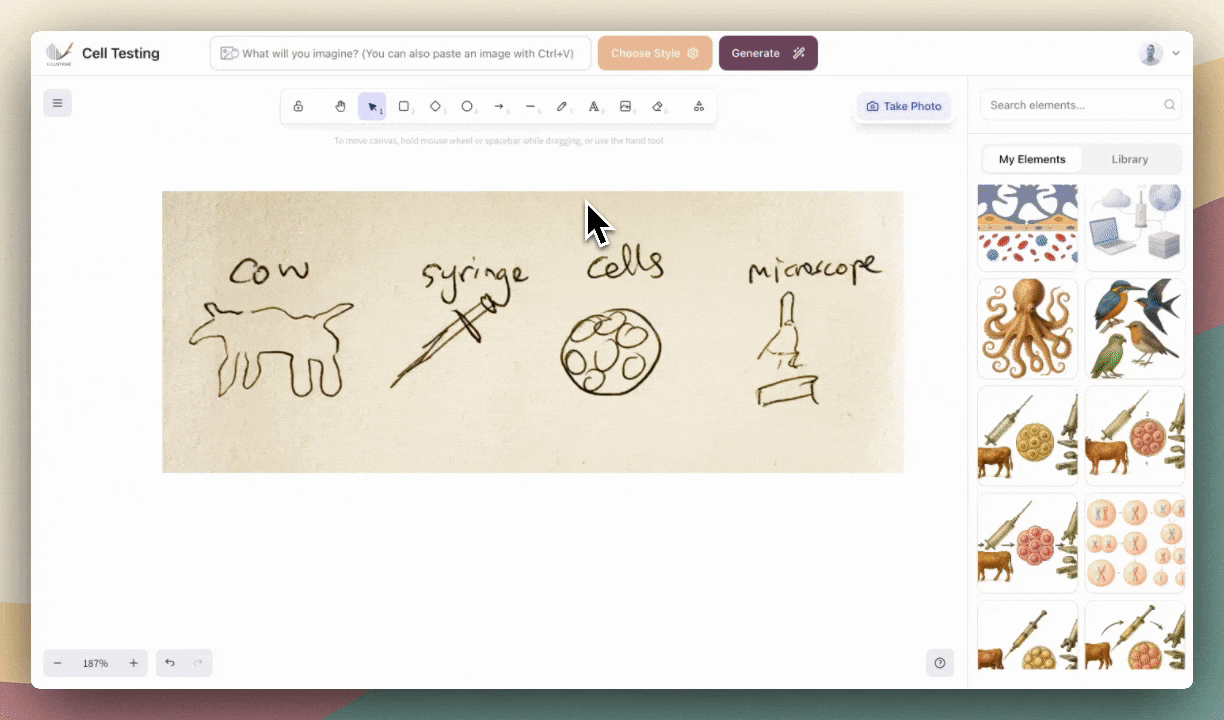Let’s be honest—making figures for research papers can be a real time sink. Between designing diagrams, formatting everything just right, and making sure each figure is publication-ready, the process can easily eat up hours you’d rather spend actually doing science. Luckily, with a few smart strategies and some help from the latest technology, you can speed up scientific illustration and create high-impact visuals without the usual hassle. Here’s how to get it done right for your next paper.
How to Make Figures for Research Papers Quickly: 7 Proven Methods (2025 Edition)
Introduction
Scientific figures play a crucial role in communicating research findings effectively. Well-designed visuals can make complex data accessible, highlight key results, and enhance the overall impact of your paper. However, creating publication-quality figures is often a time-consuming process. According to one study, "Researchers spend a median of 14 hours formatting each manuscript, including figures, tables, and references." That’s valuable time that could be spent on experimentation, analysis, or writing. In this article, we’ll explore seven proven methods to streamline the figure-making process, focusing on practical tips and leveraging modern tools—especially AI-driven solutions like Illustrae. Whether you’re a researcher, educator, or science communicator, these strategies will help you create professional, publication-ready figures faster than ever in 2025.
1. Utilize AI-Powered Illustration Tools
Artificial intelligence is revolutionizing the way researchers create figures for their papers. Gone are the days of painstakingly drawing diagrams from scratch or wrestling with complex graphics software for hours. With advanced platforms like Illustrae, you can generate custom scientific illustrations in under a minute, simply by describing the concept you want to visualize. Whether you need a detailed biological pathway, a physics schematic, or a multi-layered infographic, Illustrae’s AI imaging technology can turn your prompt into a stunning, accurate visual.
One of the standout features of Illustrae is its custom element generation. Just provide a text description, upload a quick sketch, or snap a photo from your phone, and the platform’s intelligent algorithms will handle the rest. If you need to tweak your figure, simply use the prompt bar—type commands like “Make the cells pink” or “Add arrows and labels between each step”—and watch the AI update your illustration in real time. This drastically reduces the manual labor involved in figure creation and ensures your visuals are always tailored to your research needs.
The adoption of AI-driven tools is rapidly increasing in the scientific community. "Approximately 59% of professional users in art and design fields reported using AI tools to generate static images." Moreover, "AI-generated image tools have the potential to democratize creative processes, making art and design tasks more accessible to individuals without traditional expertise." By incorporating these technologies into your workflow, you can save hours on each manuscript and focus on what really matters—your research.
2. Leverage Pre-Designed Templates
Another way to speed up figure creation is by using pre-designed templates. Many scientific illustration platforms, including Illustrae, offer a library of templates for common figure types—think flowcharts, histograms, anatomical drawings, and experimental setups. These templates provide a solid starting point, allowing you to skip the blank canvas struggle and jump straight into customizing the layout for your data.
Templates ensure consistency in style and format, which is especially useful when preparing figures for journals with specific guidelines. You can quickly swap out sample images, adjust labels, and modify colors to match your branding or publication requirements. This approach not only saves time but also helps maintain a professional look across all your figures. For busy researchers and educators, templates are a game changer in the quest for efficient and visually appealing science communication.
3. Automate Data Visualization
Visualizing raw data is often the most challenging part of figure creation. Instead of manually plotting graphs or fiddling with spreadsheet software, consider using tools that automate this step. Modern platforms can connect directly to your data files—CSV, Excel, or even live databases—and generate publication-ready charts with just a few clicks.
Illustrae, for example, supports embedded links and live data connections, so your figures can update automatically as your data changes. This is especially useful for collaborative research projects or ongoing experiments. Automation not only speeds up the workflow but also reduces the risk of errors or inconsistencies in your figures. Remember, "Researchers have found benefits using large language models to augment or automate aspects of their research pipeline." By automating visualization, you ensure your figures are always accurate, up-to-date, and ready for submission.
4. Collaborate with Professional Designers
While AI and templates are fantastic, sometimes you need a human touch—especially for high-impact publications or grant submissions. Collaborating with professional scientific illustrators or designers can elevate your figures from good to exceptional. Many platforms, including Illustrae, offer options to connect with experienced designers who understand the nuances of scientific communication.
Working with a professional ensures your figures are not only visually appealing but also scientifically accurate and tailored to your audience. Designers can help refine your concepts, suggest effective layouts, and add finishing touches that set your visuals apart. This collaborative approach is especially valuable for interdisciplinary projects, where effective visual communication is crucial. If you’re short on time or need a polished result, don’t hesitate to reach out for expert assistance.
5. Master Efficient Design Software
Learning to use modern illustration software efficiently is key to fast figure creation. Tools like Illustrae are designed with researchers in mind, offering intuitive interfaces, infinite canvases, and smart editing features. Investing a bit of time upfront to master these tools pays off in the long run, as you’ll be able to create, edit, and export figures much more quickly.
Look for software that offers keyboard shortcuts, drag-and-drop functionality, and real-time collaboration features. The best platforms allow you to edit any element on your canvas—frames, arrows, textboxes, and more—without breaking your workflow. Practice using the intelligent canvas and prompt-based editing available in Illustrae to streamline repetitive tasks and minimize manual adjustments. With a little practice, you’ll be able to turn complex ideas into clear, professional illustrations in record time.
6. Implement Consistent Style Guidelines
Consistency is key when it comes to scientific figures. Using a unified style across all your visuals not only looks more professional but also makes your research easier to understand. Establish a set of style guidelines for your figures, covering elements like color palettes, font choices, arrow styles, and label formatting.
Many platforms, including Illustrae, let you save style presets or themes, so you can apply the same look to every figure with a single click. This is especially helpful when preparing multi-figure panels or figures for different publications. Consistent styling also streamlines the review and revision process, as reviewers and co-authors can focus on the science rather than getting distracted by visual inconsistencies. Invest a little time setting up your style guidelines, and you’ll save hours down the line.
7. Plan Figures Early in the Research Process
One of the biggest time-saving strategies is to start thinking about your figures early—ideally, as soon as you begin your research project. Sketch out potential diagrams, flowcharts, and data visualizations as you design experiments or collect data. Early planning helps you identify the most important results, decide how to present them visually, and avoid last-minute scrambles before submission deadlines.
According to research, "A study found that a median of 177 hours is spent per publication, with data collection, manuscript preparation, and data analysis consuming the most time." By integrating figure planning into your workflow from the start, you can distribute the workload more evenly and catch any issues with data presentation before they become roadblocks. Use platforms like Illustrae to create draft figures and update them as your project evolves. This proactive approach ensures your visuals are always ready when you need them.
Conclusion
Creating high-quality figures for research papers doesn’t have to be a slow or stressful process. By leveraging AI-powered tools, pre-designed templates, automation, and smart workflows, you can save valuable time and produce publication-ready visuals with ease. Remember, "Researchers spend a median of 14 hours formatting each manuscript, including figures, tables, and references." With platforms like https://illustrae.co, you can turn that time into minutes and focus more on advancing your science. Try these seven proven methods for your next research project and experience the difference for yourself.



